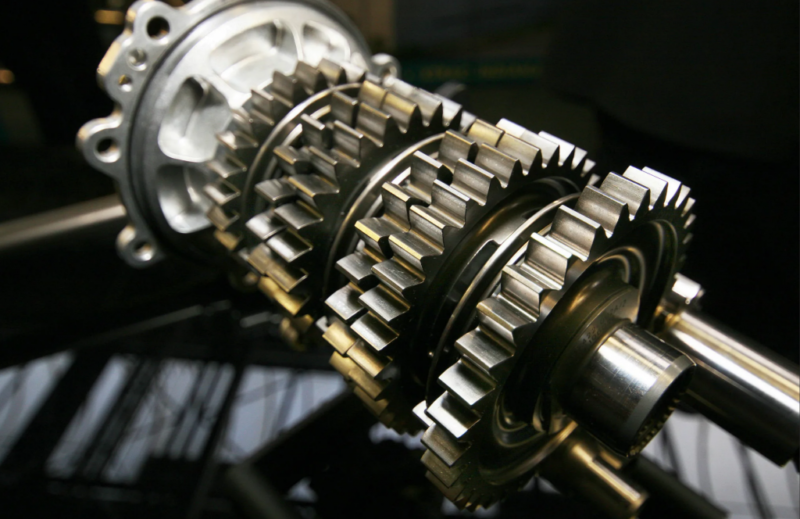Hyundai Kona Dual Clutch Transmission Problems
The Hyundai Kona, a popular compact SUV, has gained a reputation for its stylish design, fuel efficiency, and advanced features. However, like any vehicle, it is not without its flaws. One particular area of concern for Hyundai Kona owners is the dual clutch transmission (DCT) system. While the DCT offers smooth shifting and improved fuel economy, it has been associated with a range of problems that have left some owners frustrated and seeking solutions.
Common Problems
Several common problems have been reported by Hyundai Kona owners with the dual clutch transmission system. These issues include:
- Excessive noise during shifting
- Delayed or jerky gear changes
- Transmission slipping or shuddering
- Loss of power or acceleration
- Warning lights on the dashboard
These problems can occur at various mileage intervals and have been reported in both new and used Hyundai Kona vehicles. If you are experiencing any of these issues, it is important to address them promptly to prevent further damage and potential safety hazards.
Symptoms and Signs
Identifying the symptoms and signs of dual clutch transmission problems in your Hyundai Kona can help you take appropriate action. Some common indicators include:
- Unusual noises, such as grinding or whining, during gear changes
- Delayed engagement when shifting from park to drive or reverse
- Harsh or jerky movements when accelerating or decelerating
- Loss of power or difficulty maintaining speed
- Dashboard warning lights, such as the check engine light or transmission warning light
If you notice any of these symptoms, it is advisable to have your vehicle inspected by a qualified mechanic or take it to an authorized Hyundai service center for diagnosis and repair.
Consequences
Ignoring or neglecting dual clutch transmission problems in your Hyundai Kona can have serious consequences. These may include:
- Increased risk of accidents or loss of control due to sudden transmission failure
- Damage to other components of the transmission system
- Reduced fuel efficiency and increased fuel consumption
- Decreased overall performance and driving experience
- Potential warranty issues if problems are not addressed in a timely manner

It is crucial to address transmission issues promptly to ensure the safety and longevity of your Hyundai Kona.
Repair Cost
The cost of repairing dual clutch transmission problems in a Hyundai Kona can vary depending on the extent of the damage and the specific repairs required. In some cases, minor issues can be resolved with a software update or recalibration, which may be covered under warranty. However, more severe problems may necessitate component replacement or even a complete transmission overhaul.
As with any vehicle repair, it is advisable to obtain multiple quotes from reputable mechanics or Hyundai service centers to ensure you are getting a fair price. The cost of repairs can range from a few hundred dollars for minor fixes to several thousand dollars for more extensive repairs.
| Transmission Troubles | Possible Causes | Repair Cost |
|---|---|---|
| Excessive noise during shifting | Worn clutch plates, faulty bearings | $500 – $1,000 |
| Delayed or jerky gear changes | Clutch slippage, hydraulic issues | $800 – $1,500 |
| Transmission slipping or shuddering | Worn clutch, damaged seals | $1,000 – $2,000 |
| Loss of power or acceleration | Malfunctioning sensors, clutch wear | $1,500 – $3,000 |
It is important to note that these repair costs are estimates and can vary depending on the location, labor rates, and specific vehicle requirements. Regular maintenance and addressing transmission issues promptly can help minimize repair costs and ensure the longevity of your Hyundai Kona.
In conclusion, while the Hyundai Kona offers many desirable features, it is important to be aware of the potential dual clutch transmission problems that some owners have experienced. By recognizing the common problems, understanding the symptoms and signs, and taking appropriate action, you can address these issues and ensure the continued performance and safety of your Hyundai Kona.

One thought on “Hyundai Kona Dual Clutch Transmission: Common Problems and Repair”
Thanks for your enlightenment, Jeremy, most car salesmen don’t even tell you whats the DCT is all about, I drove i30 had so much of trouble because the salesman nor the Hyundai service told me anything like what youve explained. After watching few youtubes i realised its a very good transmission and follow their advise.